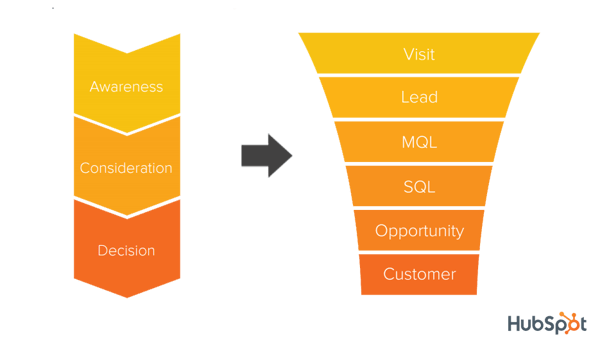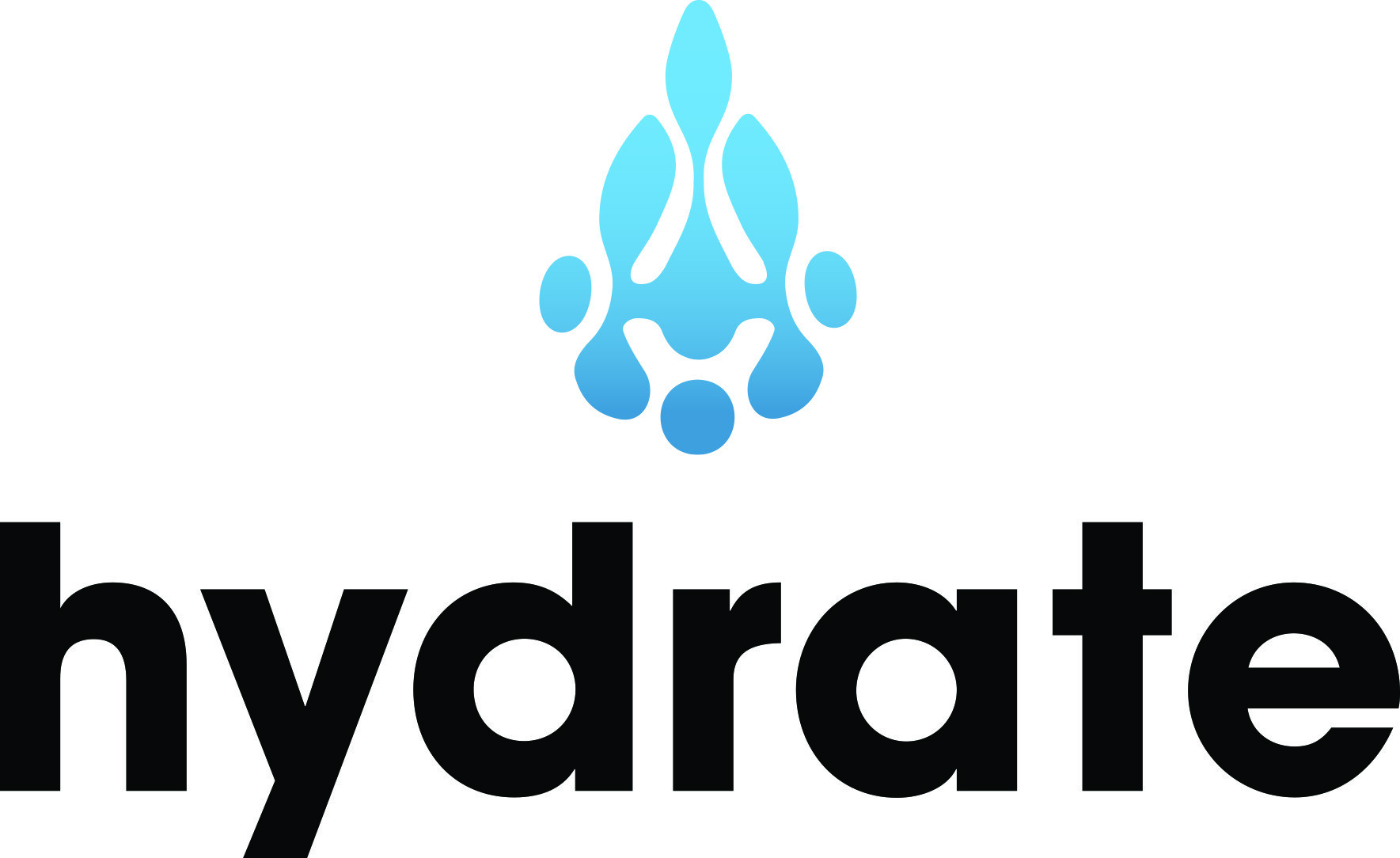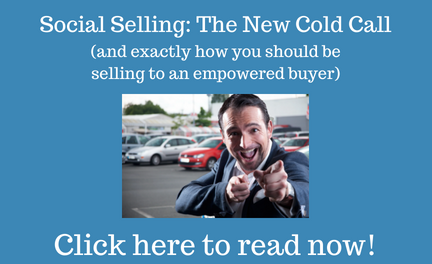If you're in marketing or sales, you've probably noticed that the process of turning prospects into leads into happy customers has changed drastically over the past decade. What's with that? Well, the easier it becomes to access and efficiently use the internet, the more well-versed our prospects are becoming. What this means for sales and marketing departments is that our buyers are knowledgeable enough to feel in control of the selling process, and honestly, the power is in their hands in a lot of ways.

These days, over half of the purchase decision is completed before a prospect actually reaches out. This is because they are doing over half of their research digitally, and therefore have no need to contact you right away. Let's follow along with what a buyer's journey might look like, shall we?
Following the Empowered Buyer's Journey
- The Empowered Buyer uses a search engine to find companies that provide the service or product that they are looking for.
- They, most likely, only engage with the top ranked search results that appear on the first page. According to Moz, up to 92% of all Google search clicks happen on the 1st page, with less than 6% taking place on the 2nd page.
- They look through the sites on the first page or two that grabbed their attention to see which companies seem like a promising fit.
- They check social media and/or review sites to see what others are saying about the companies they've been researching. They may even ask their friends' opinions IRL (in real life). A non-digital interaction? Shocking, I know.
Speak to Your Viewer
Because this is a digital path many of us follow nowadays, your company's website needs to do things for buyers that were once tasked to direct mail and actual human beings. The homepage of your website is now your first impression; it needs to make what your company does and/or offers abundantly clear to the viewer. It should also be extremely user friendly so that the buyer can easily navigate their way to what brought them to your site in the first place.
Gaining Trust
Don't forget to be consistent across all of your online platforms. You must gain the buyer's trust! This can be hard to do when they already know exactly what they're looking for, as well as just how many options are out there for them. A great way to prove that you are trustworthy is to have engaging and meaningful content on your website and social media channels. You should be more of an expert in your field than the buyer, so it's important to show them you are, if you want their business.
Don’t Forget the Funnel
It's not like all of the old ways have been thrown out the window; we still love our funnel metaphors in this industry. However, you can no longer expect prospects to fall into the top of your inbound marketing funnel, allowing you to start your work from the beginning. A lot of them reach out to you by digging into the bottom or your funnel, so all your content should, in some way, speak to every buyer.

It’s important to remember that empowered buyers aren't a bad thing, they’re just a different challenge than we’re used to. After all, buyers in general are your rarest, but most profitable, website visitors. Because of this, you must make it a breeze to buy or sign up for things on your site. It should also be extremely easy for them to figure out how to contact you- we don’t to make them work for it!
An empowered buyer could come to your website as a prospect, a lead, or they may even be seconds away for being a committed customer, so you must be ready to adapt to whatever stage they’re in. This is just as relevant for business-to-consumer situations as it is for business-to-business. With the internet at our finger tips we are all empowered buyers. When you are trying to figure out which website you want to buy which new smartphone from, spending hours doing your research before pressing the order button, never walking into a store or picking up the phone, you are proof that the buying game has changed and the power has shifted to the buyer. When you are trying to bring new clients into your marketing firm, remember that your target audiences already use the internet, just like you do when you online shop.








